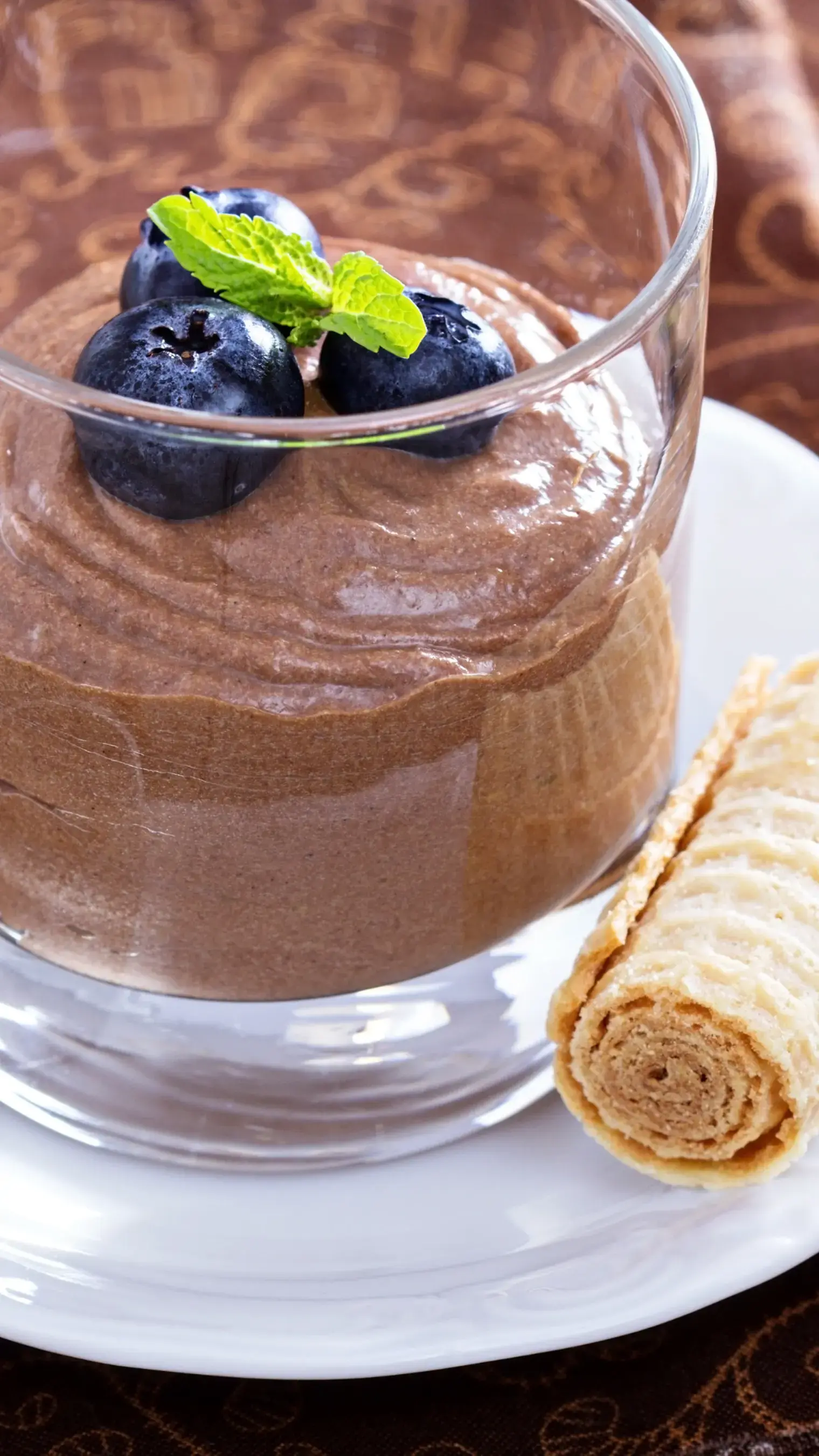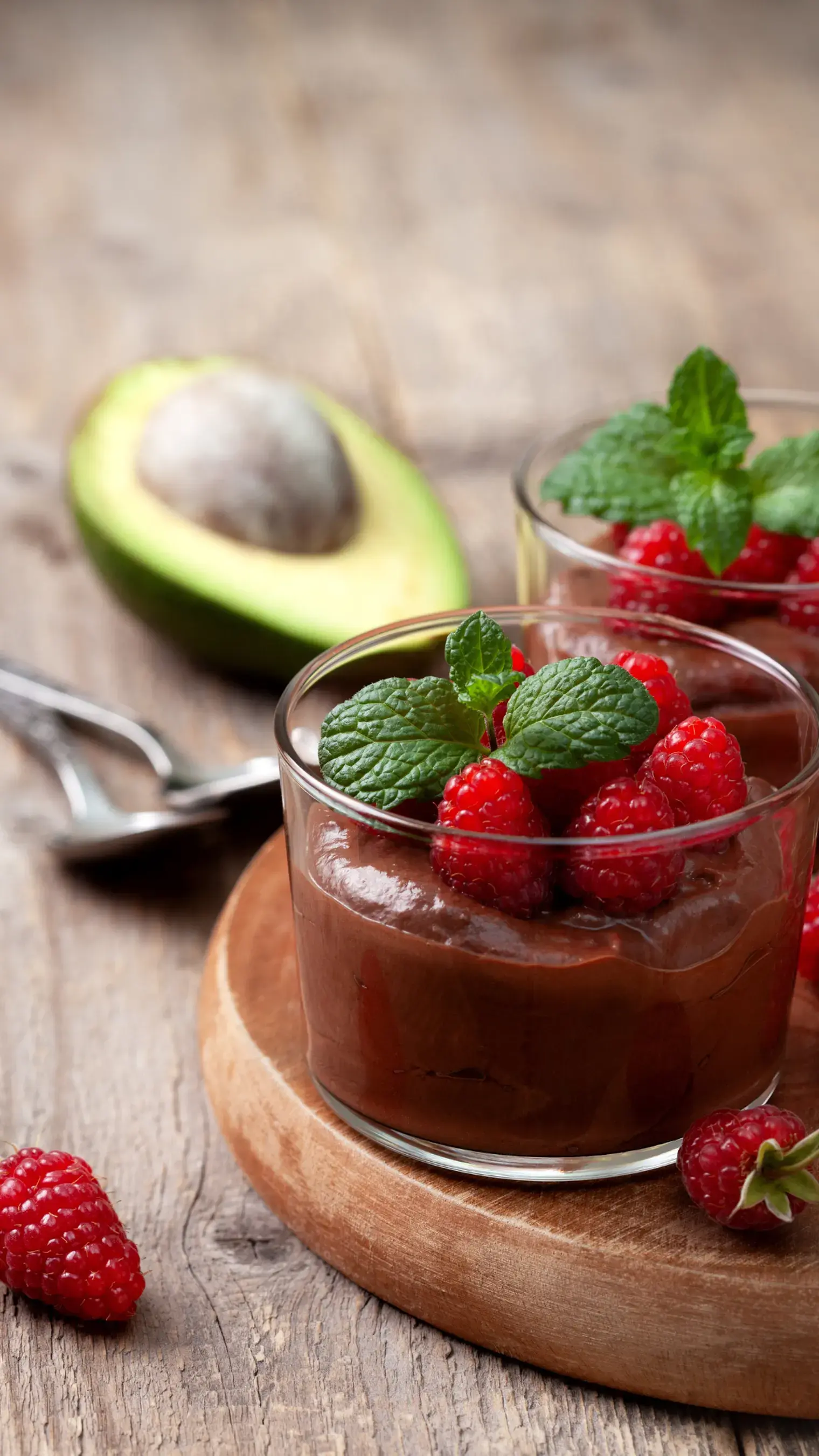Looking for a warm carrot halwa with almonds and Bournville? Make it this way—learn to make this fusion dessert now.
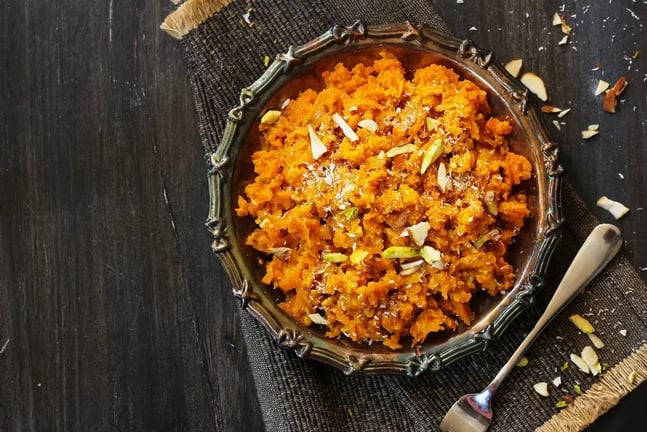
Do you ever feel like hanging on to something familiar but adding just a little bit of edge? That's the tale of Indian kitchens these days—traditional family recipes with a new twist. We're accustomed to gajar ka halwa in its traditional avatar, particularly on cold winter nights when its comfort registers differently. But there's something wonderful about retaining the comfort and the surprise of it just right.
A surprise? Bournville dark chocolate. Combining grated carrots, milk, ghee, and almonds with rich, bitter-sweet chocolate could be thought to be weird at first, but the effect is one of boldness and equilibrium. The almonds remain traditional while the dark chocolate provides depth, turning this halwa from something expected to something that you'll think of long after it's been devoured.
The carrot halwa with almonds and Bournville isn’t a trendy gimmick. It’s a natural evolution of taste—one that respects where it comes from but isn’t afraid to try something new. If you’re someone who loves the classics but wants to give them a bit more character, this fusion belongs on your table.
Warm Carrot Halwa with Almonds and Bournville Recipe
Ingredients:
- 500g fresh red carrots, peeled and finely grated
- 1 litre full-fat milk
- 200g sugar
- 50g desi ghee
- 100g Bournville dark chocolate (70% cocoa), chopped
- 50g sliced almonds (extra for garnish)
- 1/2 tsp cardamom powder
Method:
- Heat ghee in a thick-bottomed kadhai and add the grated carrots.
- Cook over medium heat till the carrots release aroma and soften slightly.
- Add the milk and mix well. Simmer, stirring occasionally, till the milk thickens and reduces around the carrots.
- When most of the milk has evaporated, add sugar and mix well.
- Allow it to cook until the halwa thickens once more.
- Now add the chopped Bournville, ensuring it gets distributed into the mixture perfectly.
- Add cardamom powder and toasted almonds.
- Cook for another couple of minutes and serve hot, topped with additional almonds.
1. Selecting the Proper Carrots
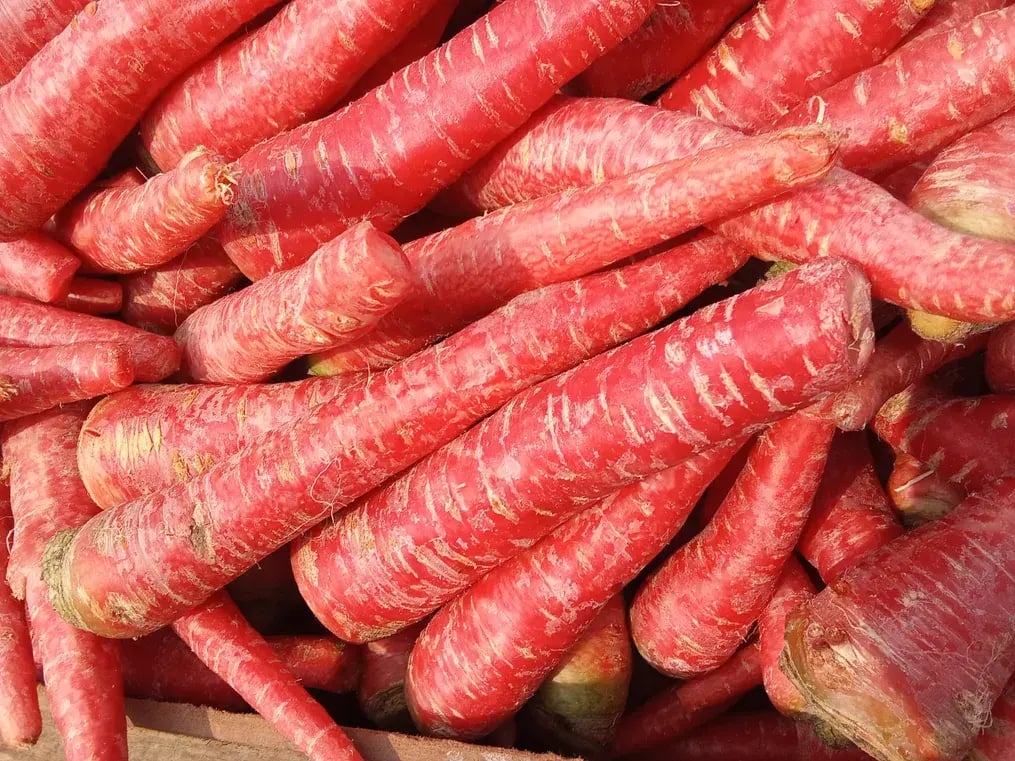
Red Delhi carrots are key here—not just for their color but also their natural sweetness and softness. They cook faster and blend better with milk than regular orange varieties. Always pick firm, juicy ones. Grating them finely ensures the halwa cooks evenly without bits of undercooked carrot. Also, if you’re buying in bulk, store them wrapped in a damp cloth inside the fridge to keep them fresh until you’re ready to cook.
2. Toasting the Almonds for Depth
Raw almonds work, but with a bit of toasting in ghee, they take on a different flavor. It produces a nuttier flavor and helps them mix with the richness of the halwa better. Do this ahead of time in a different pan before you start with the carrots. Put most of them into the mix when the Bournville melts, and reserve some for garnish. Their crunch provides a good bite to the dessert without clogging the spoon.
3. Preparing the Milk Reduction
This is where most halwas go wrong. Individuals hurry this process, turning up the flame and beating the milk vigorously. Milk, however, requires slow patience. Maintain a low heat and stir gently every few minutes. The milk must thicken and stand on its own in the halwa without burning. Cooking with a heavy kadhai or pan prevents sticking and provides you with a better control over the final product. When the milk thickens too quickly, the carrots remain raw, and this disrupts everything.
4. Adding the Right Sugar
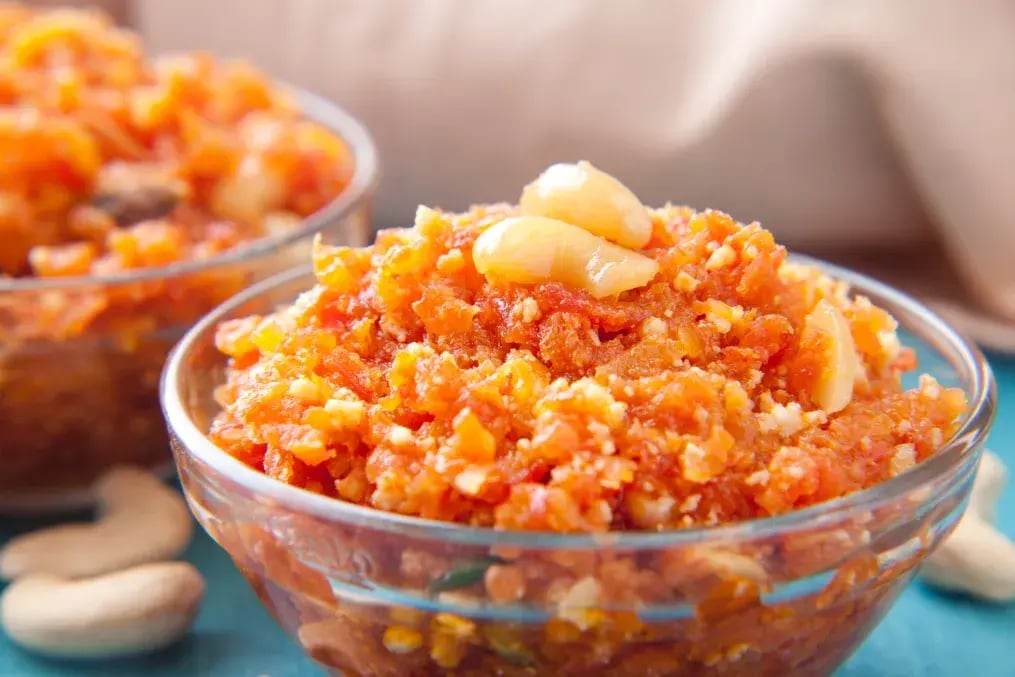
Don't add the sugar too soon. That would trap the moisture and hinder thickening of the milk. Hold on till the carrots have cooked into the milk and sucked up its richness. That's when you add sugar. Once added, stir constantly so it dissolves easily and doesn't form crystals. A good tip is to check if your carrots are sweet and, if so, not add as much sugar as you think you might need.
5. Melting in the Bournville
Only add the chocolate after reducing the heat to the lowest. If you add it in when the halwa is boiling, it can seize or crack. Cut the Bournville into small pieces so that it will melt fast and evenly. Stir slowly while it goes in and observe as it blends beautifully. The richness of darkness counteracts the sweetness of sugar and carrots, adding an interesting twist to a dish that's otherwise all about softness. This section makes the dish sound contemporary without effort.
6. Achieving the Right Consistency
A proper carrot halwa must never be runny or sticky. You need it soft yet with some structure to it. It needs to hold together as a unit when it's being scooped, without wateriness being left behind. If it seems too wet once chocolate is added, heat a few minutes longer with slow stirring. The ghee will start separating a bit, and the spoon will travel easily through the halwa. In case it seems too dry, a splash of milk towards the end corrects it.
7. Serving and Storing Correctly
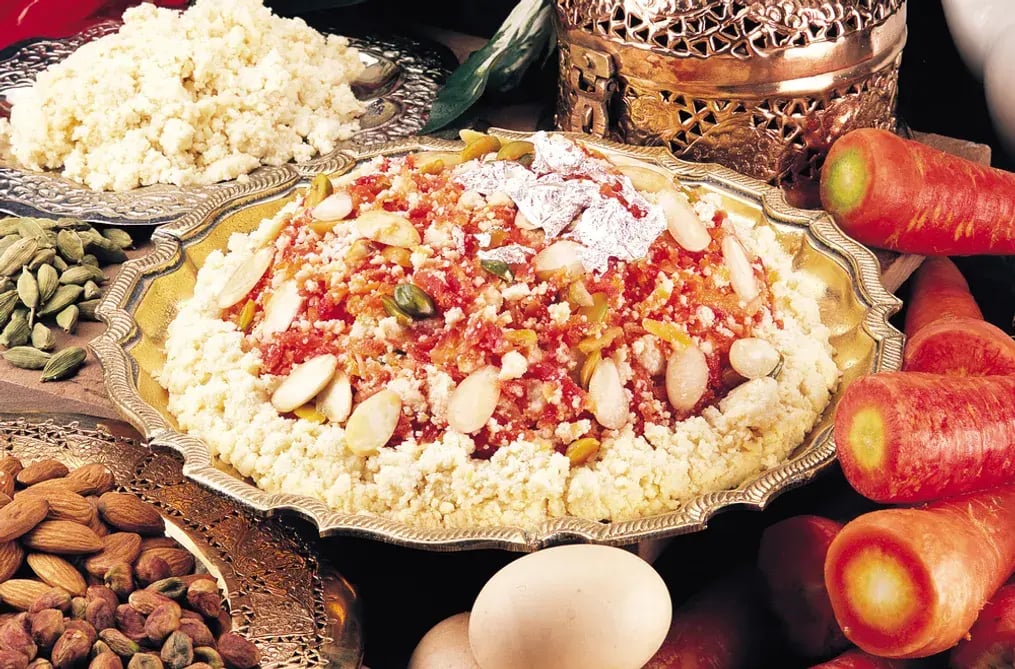
Carrot halwa with almonds and Bournville should be served warm. But it also keeps very well in the refrigerator for 3–4 days. You just need to cool it first before refrigerating in an air-tight container. Reheat it in a heavy pan or in the microwave for a few minutes to prevent it from drying out. You can even freeze portions—merely thaw and reheat gently when you are ready to eat. Add a few drops of ghee or warm milk during reheating to revive it.
Like This Article?
More Like This
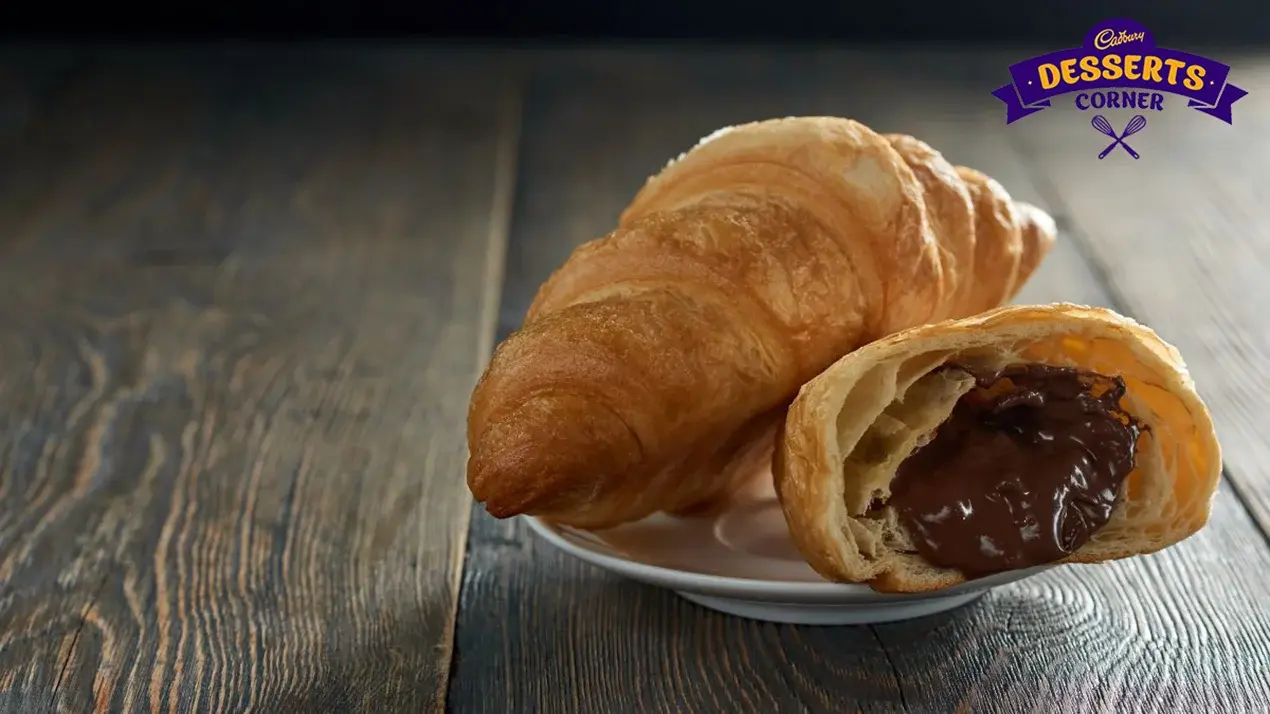
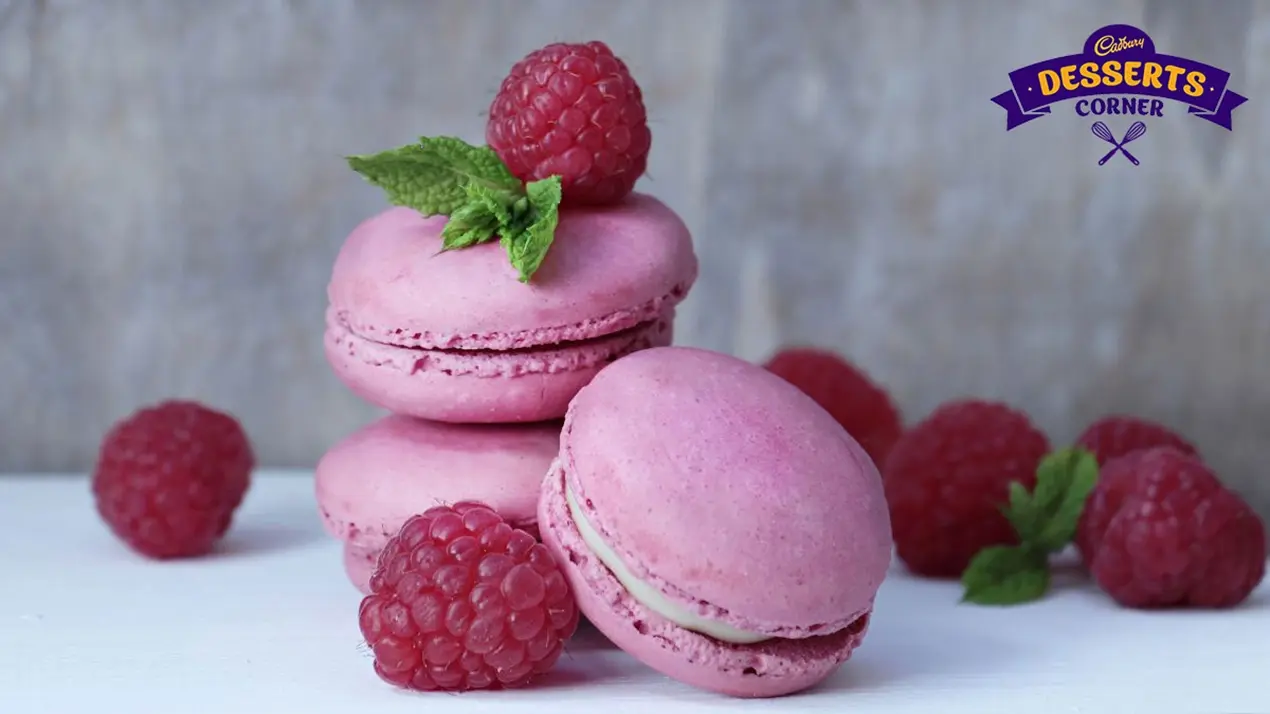
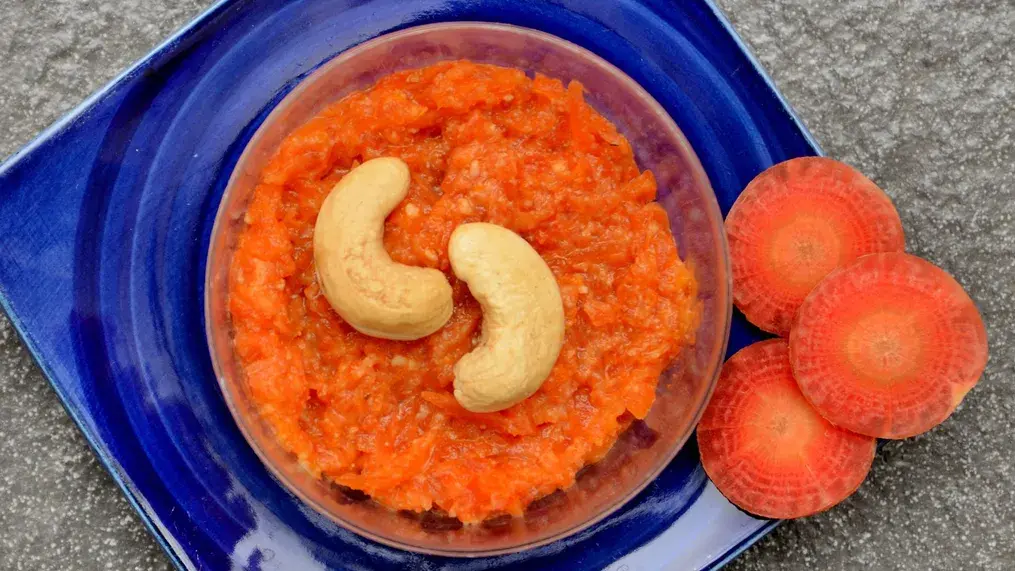
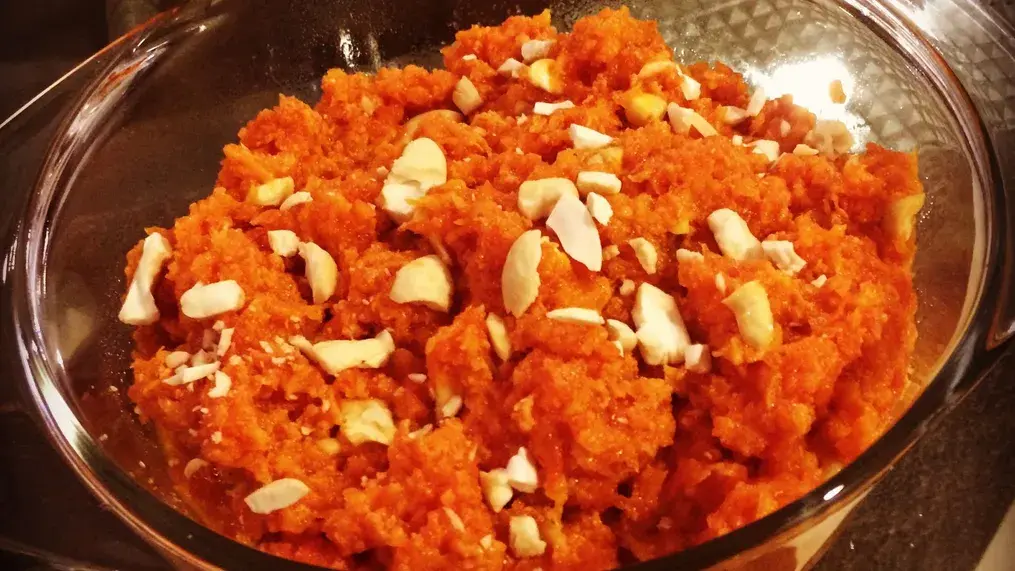
Popular Articles



Trending Web Stories
Curated Recipes



















